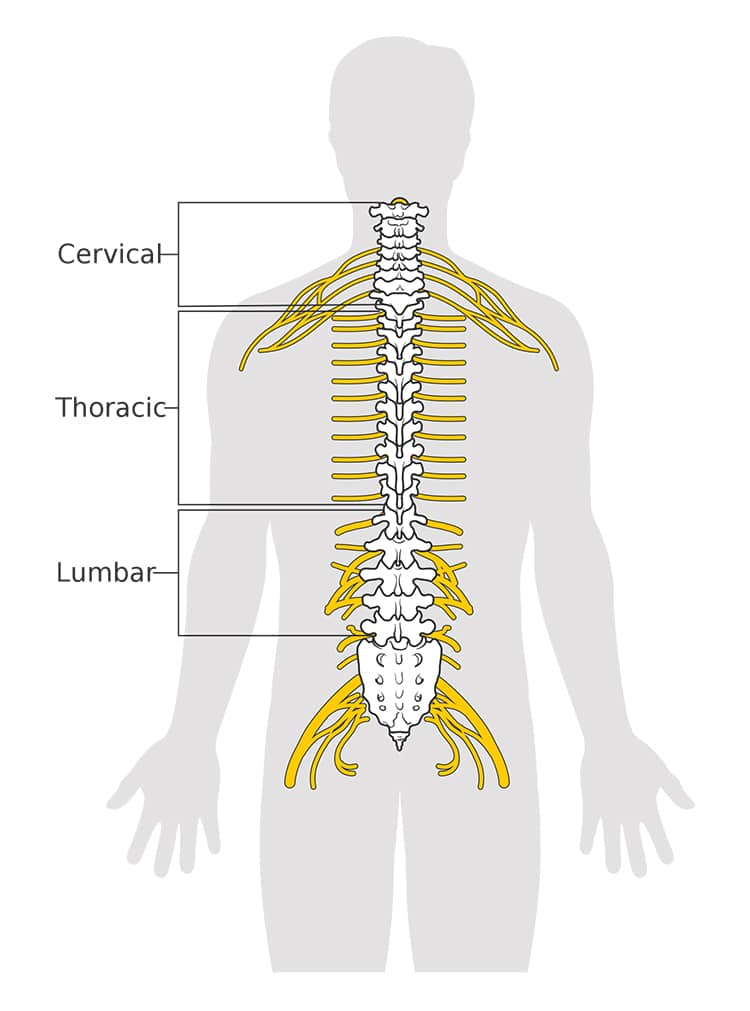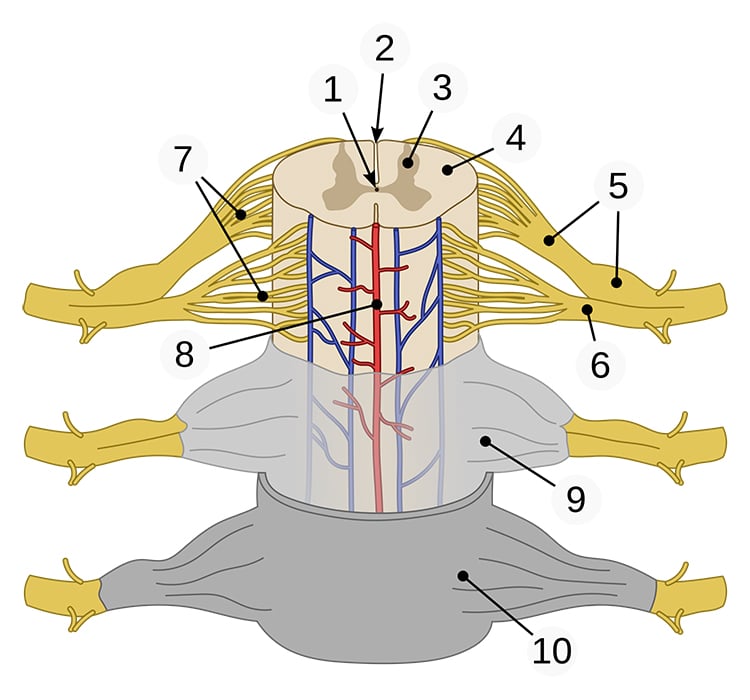View this post on Instagram
The spine is critical to human mobility. The spinal cord connects the brain to the branches of the nervous system throughout the body. To move the legs, for example, a signal is sent by the brain’s motor cortex through the spinal cord to the muscles of the legs. When the spine is severed, this communication becomes impossible, resulting in paralysis. A team of scientists has developed an implant for the spinal cord which helps remedy the breach. As described in Nature Medicine, the implant quickly restored a shocking level of mobility to patients with paralysis.
Nine individuals have received the device. Each was fully paralyzed in their legs due to damage to the spine. The researchers embedded multielectrode paddle leads into the spine, attaching the electronics to the nerves with unprecedented precision. Controlled by a computer, a technique called epidural electrical stimulation (EES) is then employed. The brain then sends its signals southwards, where the implant replicates or boosts them with the aid of computer programming. These stronger signals are enough to prompt movement in the muscles. Without the implant, they would be much too weak or non-existent due to the spinal injury.
“Our new, soft implanted leads are designed to be placed underneath the vertebrae, directly on the spinal cord. They can modulate the neurons regulating specific muscle groups,” explained study author Grégoire Courtine to IFL Science. “By controlling these implants, we can activate the spinal cord like the brain would do naturally to have the patient stand, walk, swim or ride a bike, for example.” Subjects were able to do so within a day of activating the implant.
While this development is revolutionary, it is far from a cure and may not be in widespread use for some time. However, it has meant the world to the men who have regained some movement during the study. Michel Roccati, who severed his spine in a motorcycle accident, is able to walk again. He told the BBC, “I stand up, walk where I want to, I can walk the stairs—it’s almost a normal life.” The first to receive the implant, David M’zee was able to conceive with his wife as a result. He has since taken steps alongside his infant daughter. While not yet used in everyday life, the implant has already made a huge difference for recipients. Its future further benefits are only to be imagined.
Researchers have used a technique known as epidural electrical stimulation (EES) to allow patients with severed spines to walk, swim, and even bike.
View this post on Instagram
A device implanted in the spinal cord and connected to many nerves allows signals to pass from the brain to the legs across the damaged portion.

Diagram of a human spinal cord. (Photo: Cancer Research UK via Wikimedia Commons, CC BY-SA 4.0)
Patients helped by the therapy—which is not yet in general use—say it helps them both physically and emotionally.

A human spinal cord diagram showing nerves. (Photo: Tomáš Kebert & umimeto.org via Wikimedia Commons, CC BY-SA 4.0)
h/t: [IFL Science, BBC]
Related Articles:
Harvard Doctor Explains the Simple Foods That Are Really Good for Your Brain
Photojournalist Turned Nurse Pulls Back the Curtain on Hospital Life During COVID-19 [Interview]
New Zealand To Ban Smoking Cigarettes by 2025
Scientists Develop Brain Implant That Translates Paralyzed Man’s Thoughts Into Text
